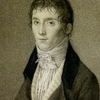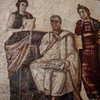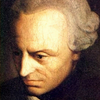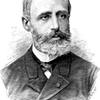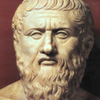-
After the war, Paul resumed his research work with coronary disease and continued to care for cardiac patients at Beth Israel Hospital. A life changing event affected Paul in 1947 when a woman directly under his care who suffered from fainting spells caused by increasingly prolonged periods of cardiac arrest, died.[17] An autopsy revealed that her only heart abnormality was a faulty electrical system. Paul remembered what he learned practicing in the military with Harken- that the hearts of the wounded contracted from the slightest stimulus during surgery. With this in mind, Paul Zoll embarked on a mission to develop electrical methods to prevent sudden arrhythmic death. After proving that his new discoveries were superior to established methods, he had to defend them when other techniques emerged. A sampling of controversies that engulfed Paul Zoll include his technique of closed chest resuscitation versus open chest rescue;[18] his application of alternating current countershock versus direct current cardioversion;[19][20] and his preference for open chest long-term lead placement versus transvenous lead placement.
Paul Zoll was helped by several colleagues who shared his goals and worked by his side. They were Alan Belgard, his sole engineer; surgeon Leona Norman Zarsky, who directed the animal research laboratory; Arthur Linenthal, cardiac pharmacologist and electrophysiologist; and Howard Frank, thoracic surgeon and pioneering partner in implanting long-term pacemakers.




